Drupal Training
How do we make content editing in Drupal easier? Drupal has long had a reputation for being difficult and hard to use. But is that fair?
While becoming an expert Drupal web developer takes considerable time and skill, that doesn’t apply to the skills needed to manage and edit site content. For most site owners and editors, all you need is some basic training to get started. With a well-designed Drupal site, you can do some pretty amazing and complex things, all without requiring any technical knowledge!
Drupal is both a powerful CMS and a framework. It’s designed to be customized to suit your needs. When you first install a new site, Drupal can be like a blank canvas. You get what you put into it–what your site can do, how it looks, what features and tools it offers, and how easy it is to manage.
On the editing side of things, one of Electric Citizen’s top goals is always about empowering editors. That means we give some extra attention to both the “easy to manage” and “tools”. We believe in giving you the options and flexibility to make the webpages you need, while locking things down enough to prevent it from breaking down (visually or technically).
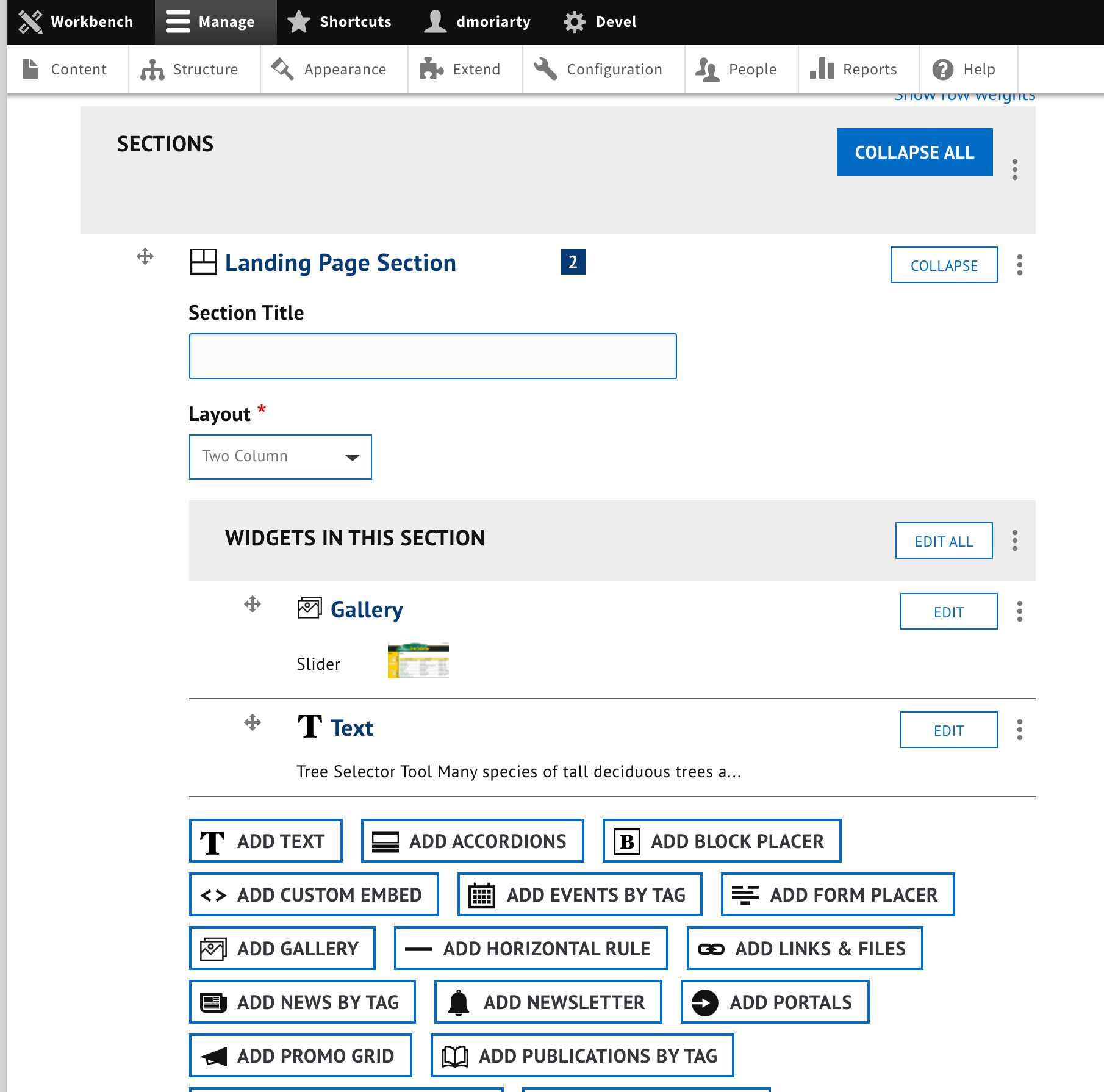
It starts with both a solid foundation and a good toolbox. For the foundation, this means well-structured content types and fields, and a site configuration that follows best practices. Using Drupal’s Media tools to manage your images, videos and documents. Setting up the WYSIWYG Editor (CKEditor) to include useful options for linking content or embedding media, while stripping out the excess and filtering out extra styles (e.g. font and colors). The goal is to let editors focus on content (words, images, links) and not worry as much about rules for styling and positioning. You fill out the fields and we’ll make sure it’s presented in an accessible, responsive and consistent manner.
Of course, editors don’t just care about words. They care how their content looks as well. A good Drupal theme can handle a lot of that (how type and images look on the screen, how menus and pages lay out, etc.). But sometimes you still want to make some unique layout choices. For example, reordering content fields for a particular page, introducing a 2 or 3 column section for your callouts, and breaking up a page with blocks of color, background images, slideshows, tables, pull quotes, and more. That’s where the “toolbox” comes in.
Using modules such Layout Builder, Paragraphs, and Layout Paragraphs, we can give editors access to all these controls, but again without requiring any technical expertise. While the details on how these tools work is worthy of its own blog post, the point here is that powerful and easy to use modules are available for site editors. Drupal doesn’t come with all these items “pre-installed,” but a helpful web agency (like ours) can put together a great content-editing toolbox for site editors. Once in place, managing content in Drupal becomes that much easier.
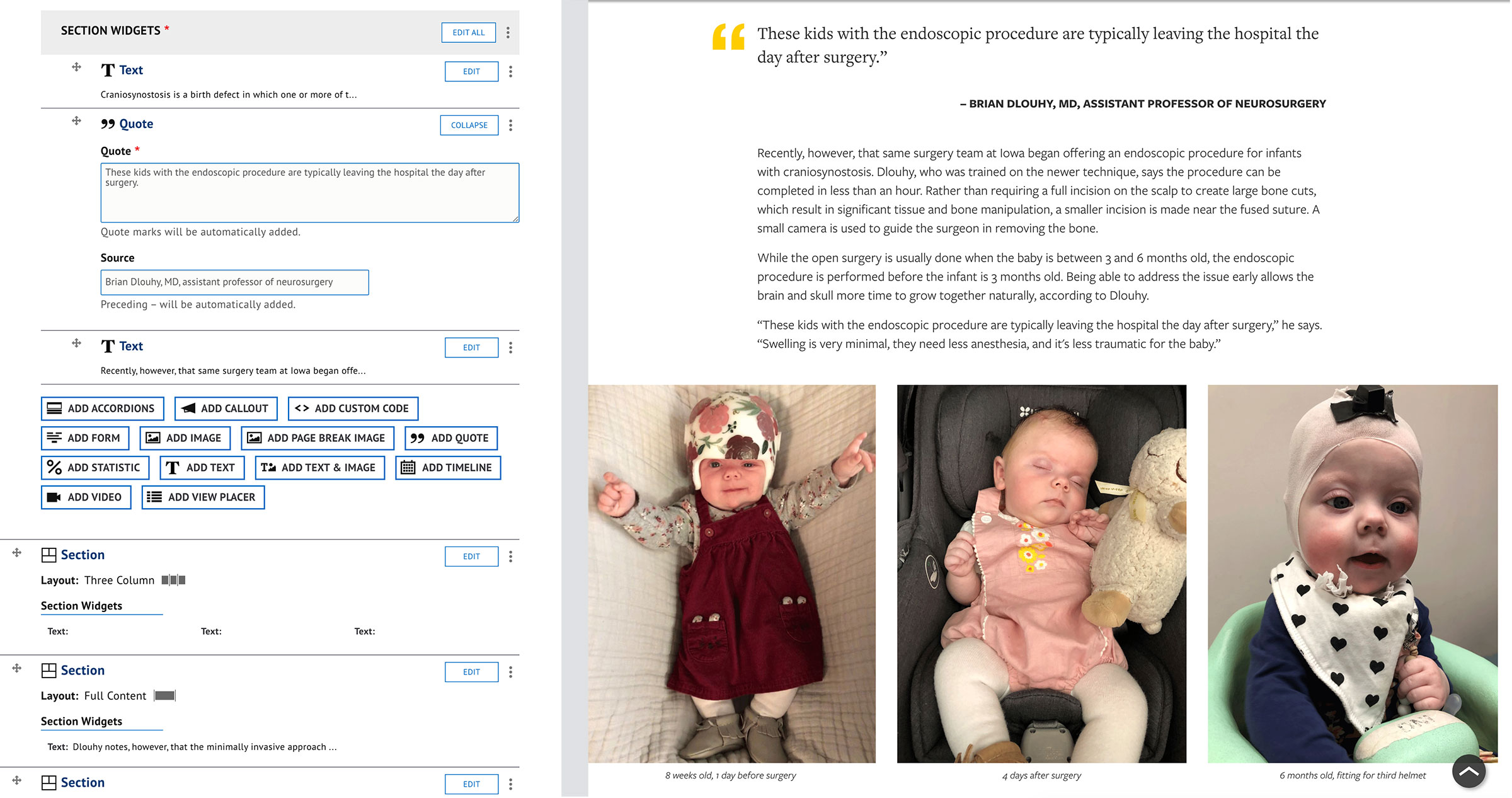
One of Electric Citizen’s top goals is always about empowering editors
For every client project, we make sure to reserve hours for Drupal training. This includes everything from training workshops and online videos to support pages and documentation.
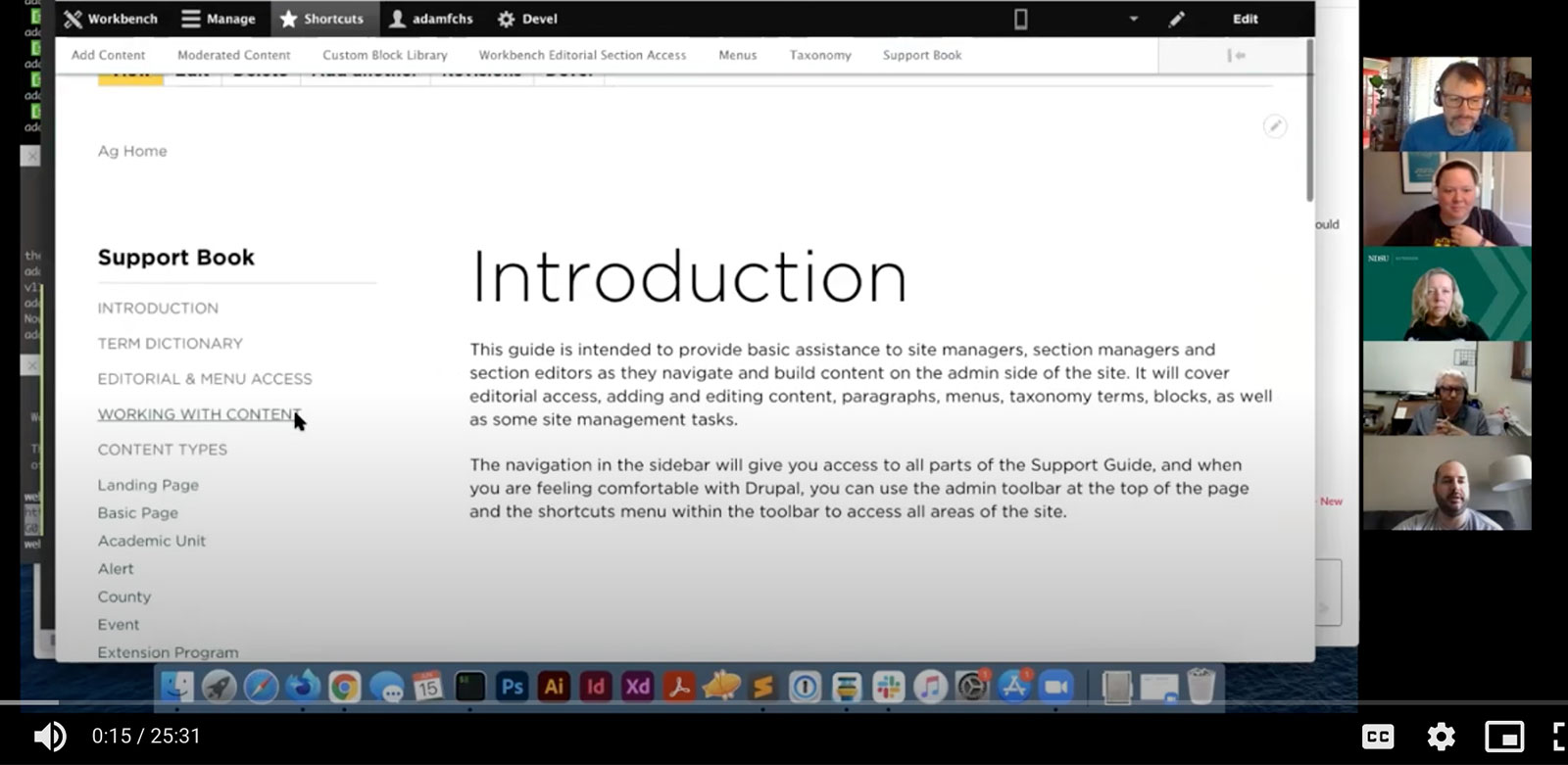
One of the primary activities are training workshops. For each interactive workshop, one of our lead developers and trainers will lead your team through every aspect of your site build, from first logging in and understanding site terminology, to generating content and managing page layout.
You will be following along on your own devices, and asked to complete the same tasks you’ll need to do to manage your content. We reserve time during each workshop exercise for questions, and help you troubleshoot any issues or confusion that may arise.
These training workshops are also recorded, so they may be referenced again at a later date. For some clients, a single workshop is all that is required, while for others, we will schedule multiple sessions.
We try to limit workshop attendees to just your “core” team – those who will be managing a majority of the site content and/or users. This allows everyone in attendance to get the attention they need, while not overwhelming the process with too many attendees. People who rarely or only periodically need to edit site content may sit this out. But that’s ok! The process we practice is “training the trainers.” We train your core team, and then you can share this knowledge with others as needed (including future hires)!
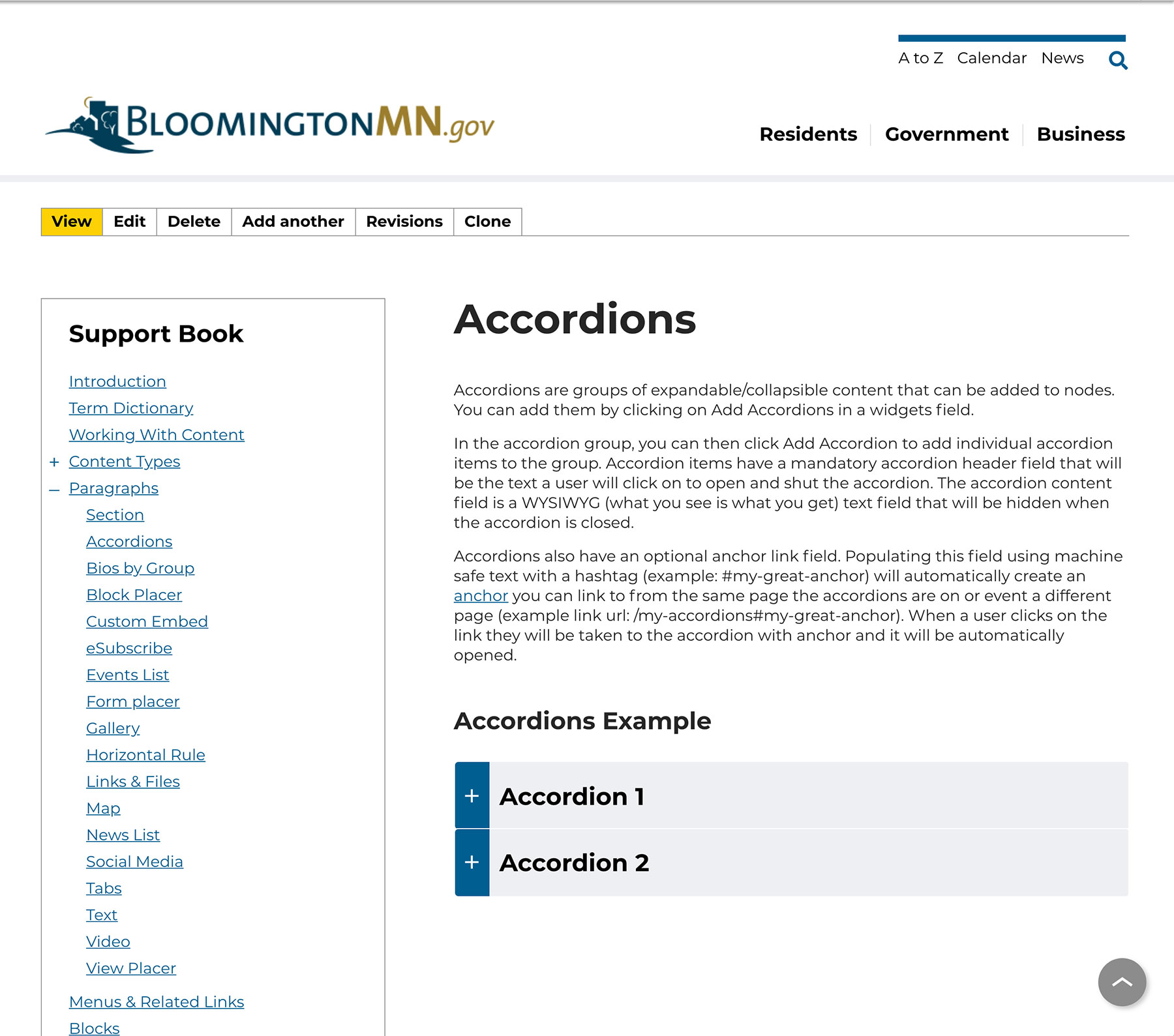
In addition to the training workshops, we also include support documentation with every site. This details all the same concepts covered in the training workshops, but broken down into topics that users can browse whenever they need–working with content, media, managing users, metatags, menus, etc.
For each topic, we explain (in easy-to-understand, non-technical language) what various terms mean, what each feature does, and how they all can be managed.
Rather than put this in a PDF that needs to be downloaded or shared with everyone, our Support Book lives online, right alongside your website. Accessible only to those with a login, editors always have the support documentation just a “click away” while they are editing the site.
Some concepts are best understood watching someone else do it first. For these and other more complex tasks, we sometimes also make custom training videos. Generated by our team and privately shared through YouTube, these training videos are made available for clients whenever they are needed.
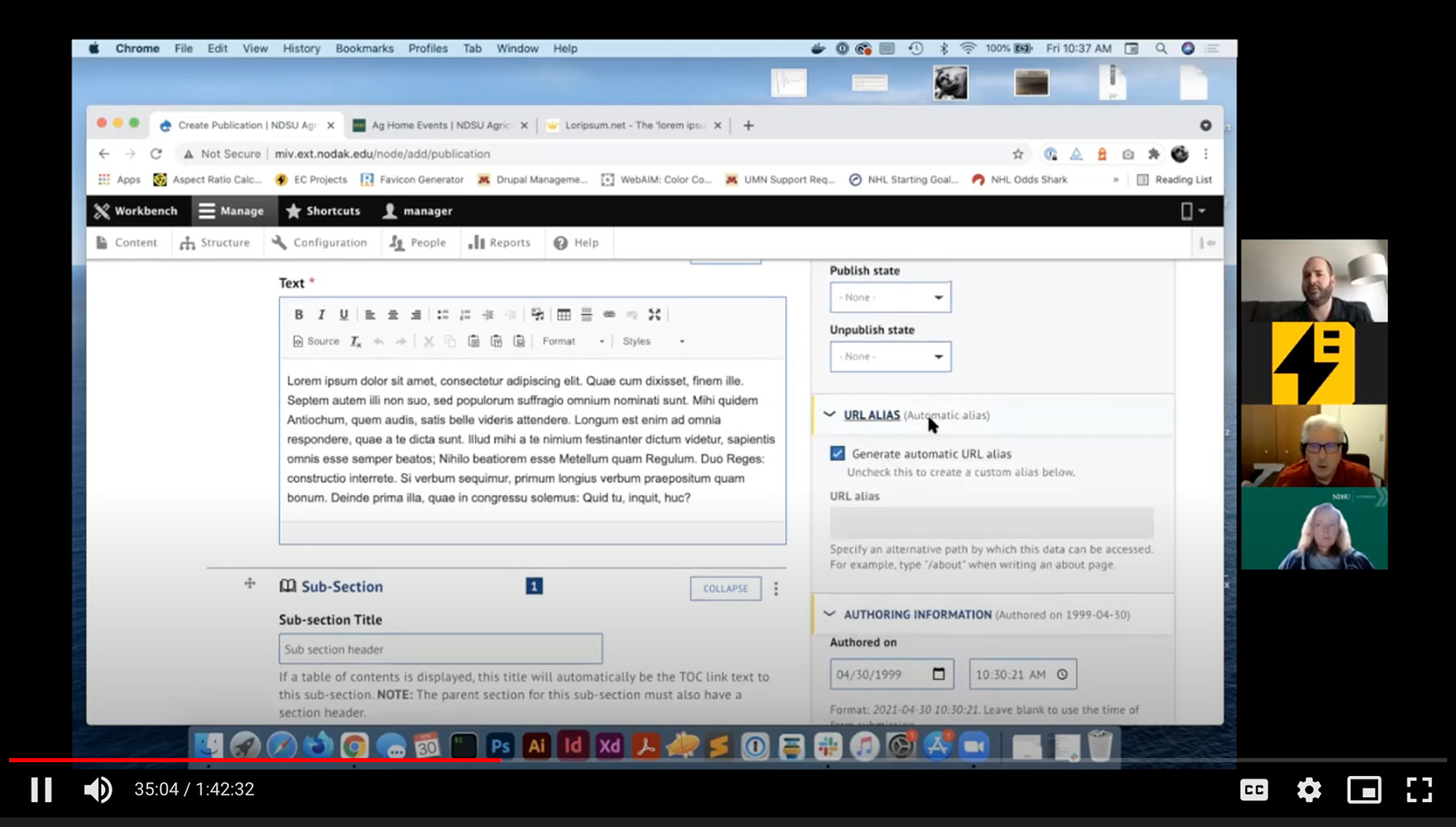
From a well-constructed site build to workshops, videos and support documentation, we’ve got our clients covered. We feel confident handing over a new Drupal site to our clients for adding new content and managing their site. At no point are we expecting or requiring our clients to understand code. All you need is your web browser to get started, and the ability to fill out fields, check boxes, or upload files.
In addition to all the information and training we provide, we also always want to highlight the vast amount of resources available online. One of the best parts about choosing a CMS like Drupal is that you not only inherit the tools, you inherit a community!
From the documentation and forums on Drupal.org to a wide network of training and support resources, Drupal users have a world of knowledge at their fingertips. Drupal may take technical know-how to build a custom site, but for the end-user, the door is open for anyone to start managing content online.





Join the Discussion +